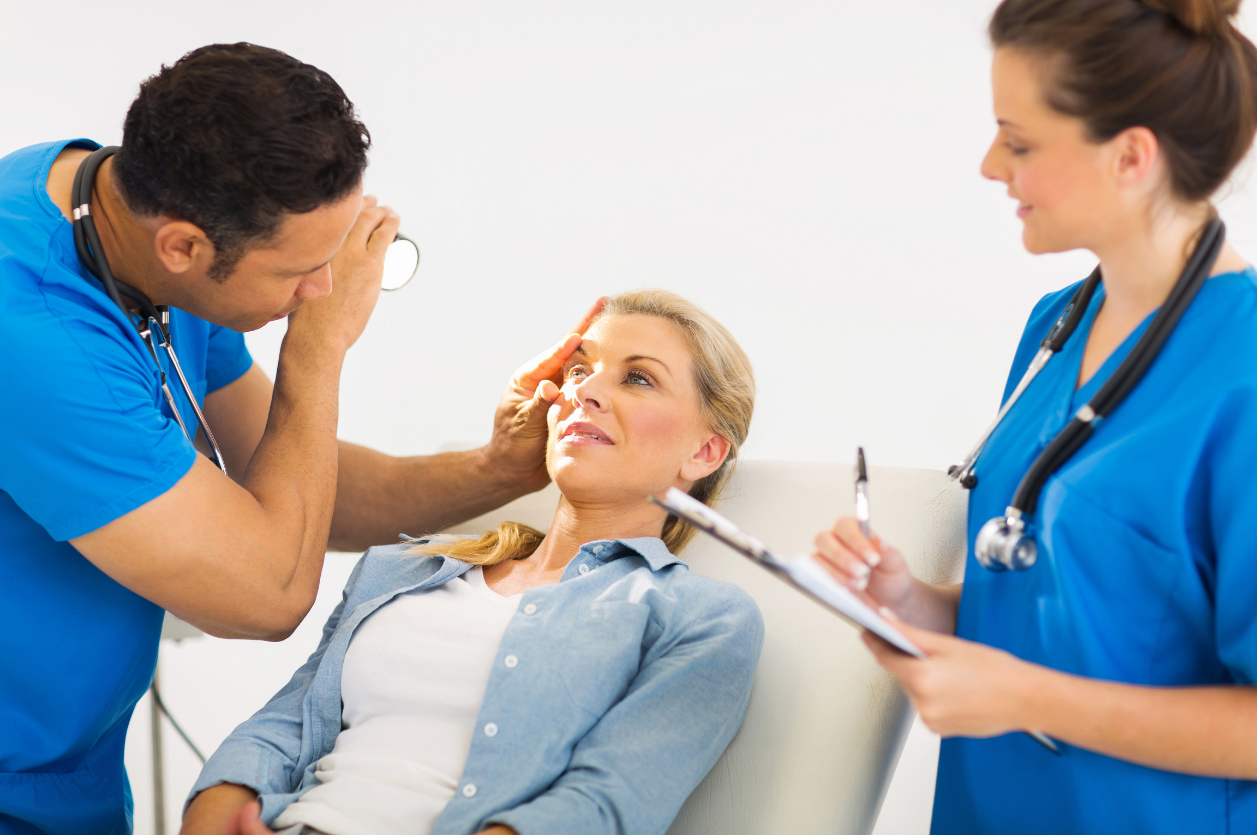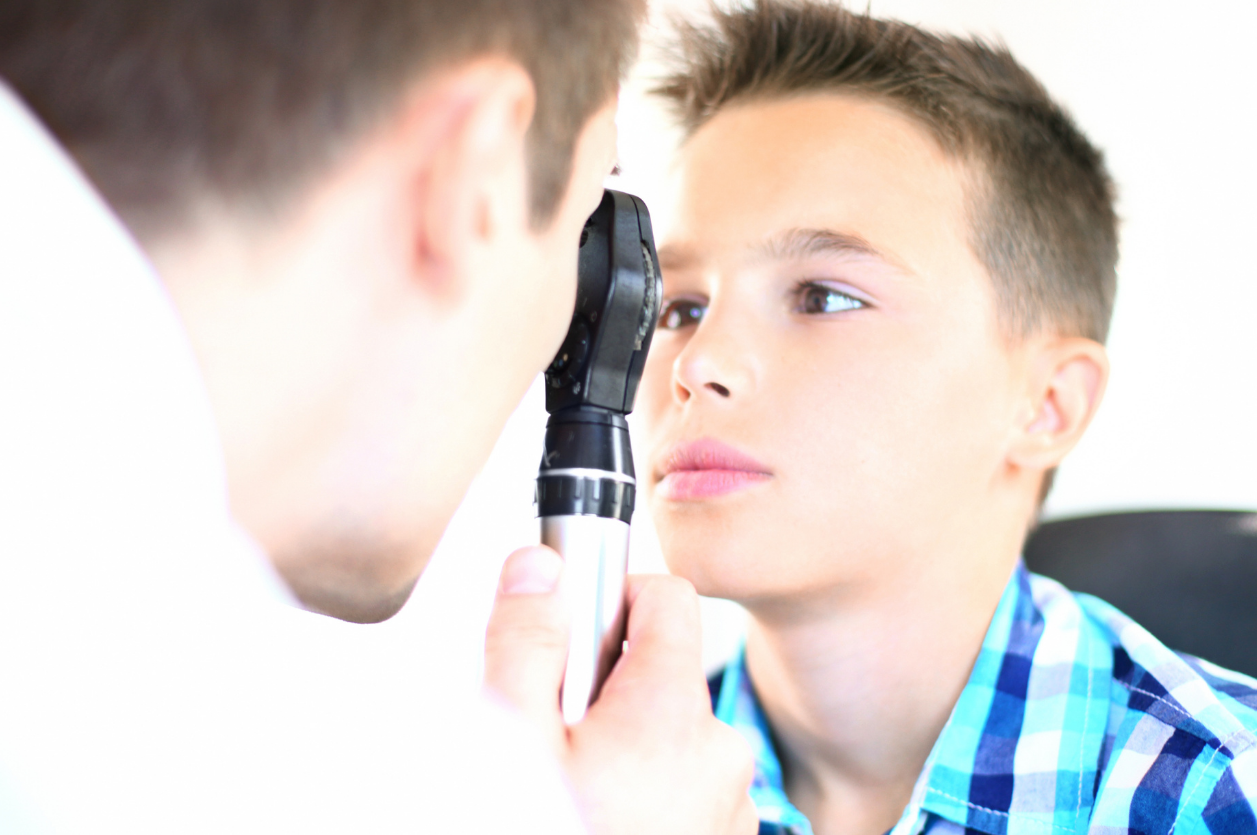How Vision Source Plano Can Help Patients Spot AMD Symptoms Early and Slow Its Progression
Age-related macular degeneration, or AMD, is the leading cause of vision loss in the United States. It can destroy the macula, which is the part of the eye that enables a person to have the sharp central vision necessary to see images clearly.








